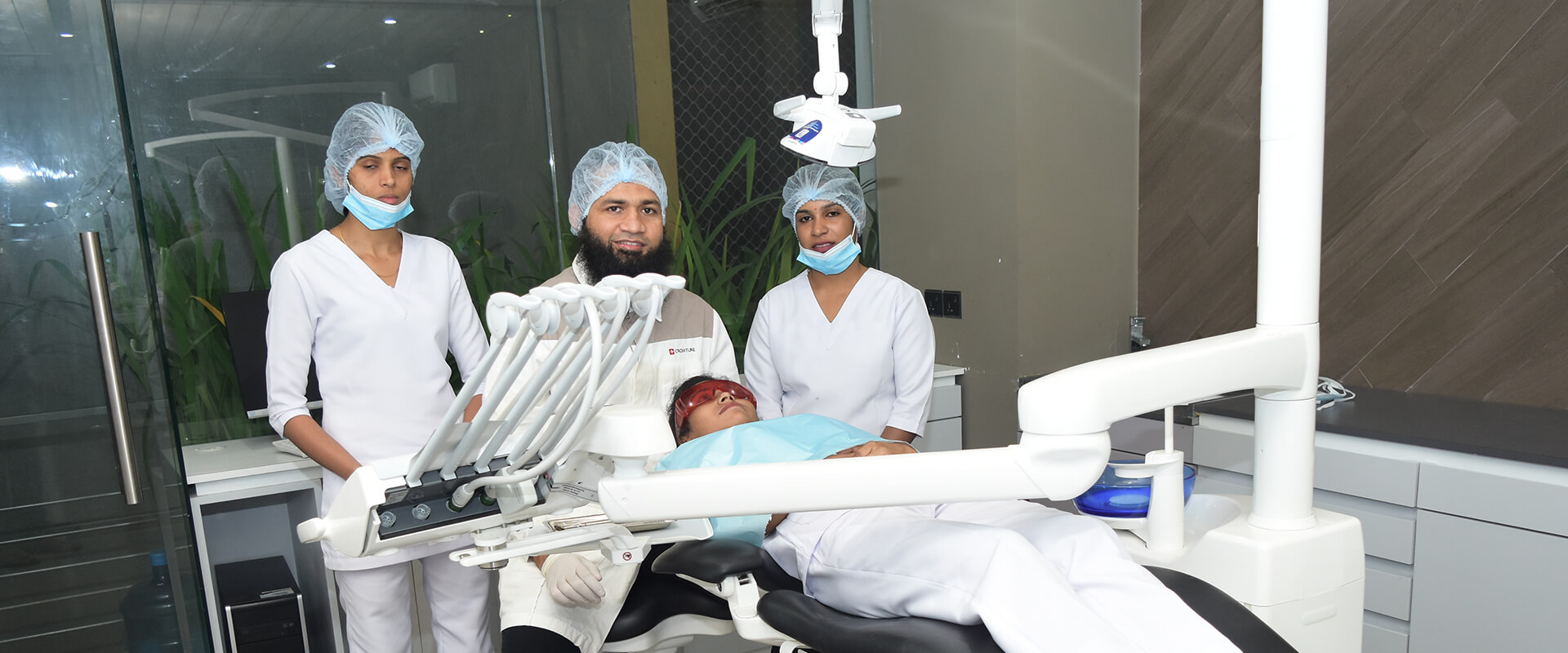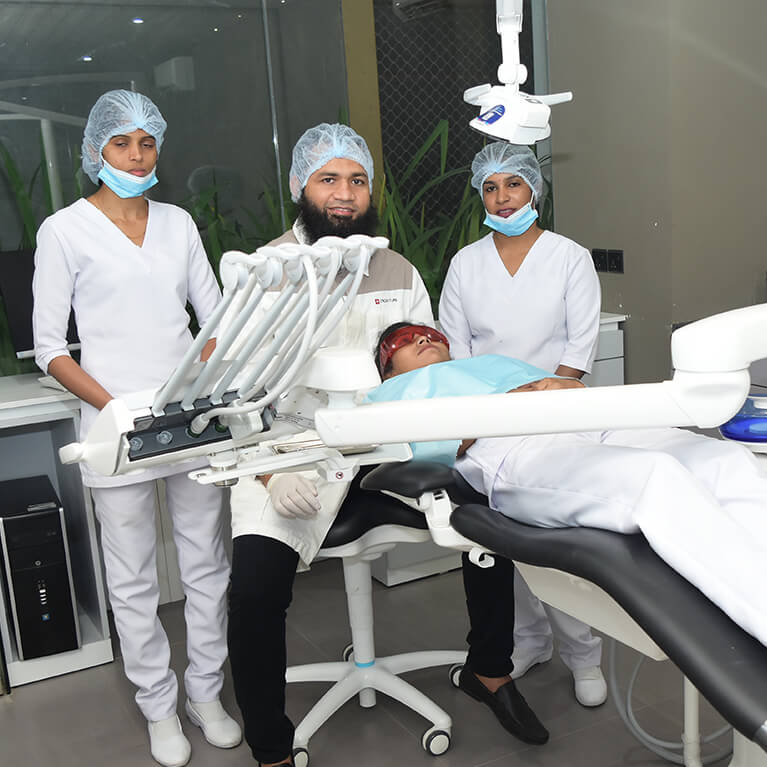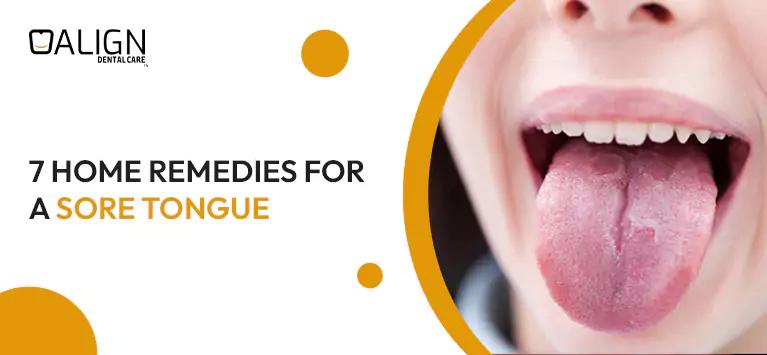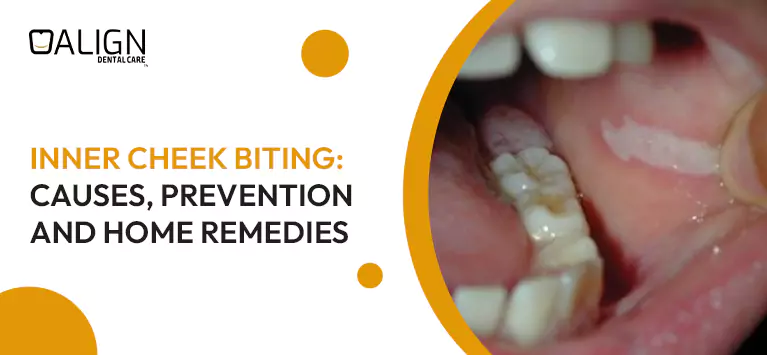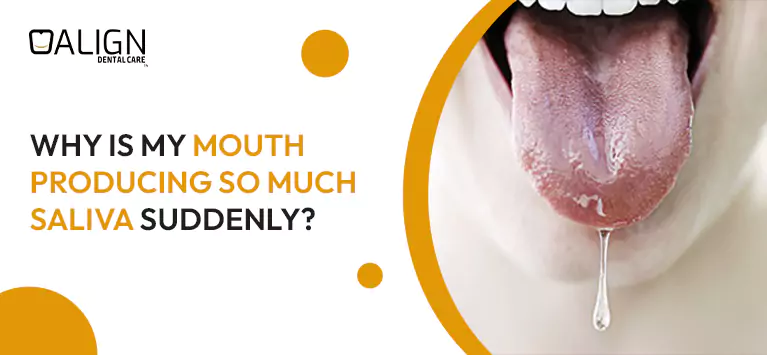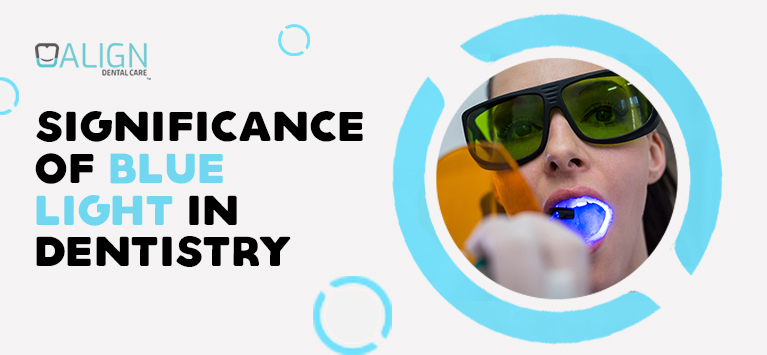
Significance of Blue Light in Dentistry
Do you ever get cavities? Perhaps while you were at the dentist, you noticed a strange-looking tool producing a blue light. Or even better, the blue light that the dentist shone in your mouth must have caught your eye if you recently went to the dentist to get a tooth-colored filling done.
If you’re wondering what blue light is all about and why it is used in dentistry, read the blog to know about its uses and significance in the field of dentistry and also why dentists prefer using blue light for most dental procedures.
What is the blue-light?
A dental curing lamp is the name of an instrument that emits blue light. The composite is set with this (tooth-colored fillings). Today, the majority of dentists utilize LED curing lights. Halogen curing lights were formerly used, but they had the drawback of producing a lot of heat.
The white filling we place in a tooth, or light-cured resin-based composites, are polymerized using this light. A variety of materials can be cured by light. These lights may be a laser, LED, plasma, or tungsten halogen. The most common lighting types are halogen and LED.
History of Blue light
The first light-cured resin composite was created in the 1960s. The first curing light resulted from this. The NUVA was so named because it employed ultraviolet radiation to cure composites. It was abandoned because the resin couldn’t be cured with a shorter wavelength. The halogen bulb was the next type of light that was developed for visible light curing in the 1980s. The UV light was replaced by this light because of its greater penetration.
The 1990s saw some progress in these areas. The lights got stronger and resin composites got better. In 1998, the plasma light was unveiled. It was a fluorescent light that was high-intensity and advertised a three-second cure. This light had drawbacks, including costly costs, the fact that it actually cured in longer than 3 seconds, and significant maintenance costs. This led to the development of another type of light source.
Dental curing lights are the blue lights that we frequently see our dentists using. To set fillings and sealants, the majority of dentists today employ LED curing lights. When you have a cavity, your dentist uses a drill to remove the tooth decay and get the tooth ready for a dental filling. Resin, which serves as the filler substance, is often soft and moldable through biting down or tool manipulation. The resin solidifies and becomes sturdy enough for typical chewing when it is subjected to this light. Utilizing the dental curing light, resin can harden in anywhere between 20 and 60 seconds.
Dental Curing and Blue-light
The dentist cleans out the decay, forms the tooth, and gets it ready for a filling. The composite resin used to create the tooth-colored filling. Syringes of the composite resin filling material come in various tooth tones. They come in flowable, soft dough-like consistencies. In order to match the color of the natural tooth, the cavity is filled in sections of composite resin, sometimes using several colours. After being molded to mimic the natural tooth, the soft composite resin is “cured.”
Bottom line
The dental curing light is safe for the teeth and gums because it is not a laser. Because it is so bright, prolonged exposure to it might strain your eyes. This is comparable to how your eyes hurt after staring at the sun for an extended period of time. Dentists and their helpers are aware that prolonged exposure to light is hazardous. When using a dental curing light, proper eye protection or a shield must be used.





